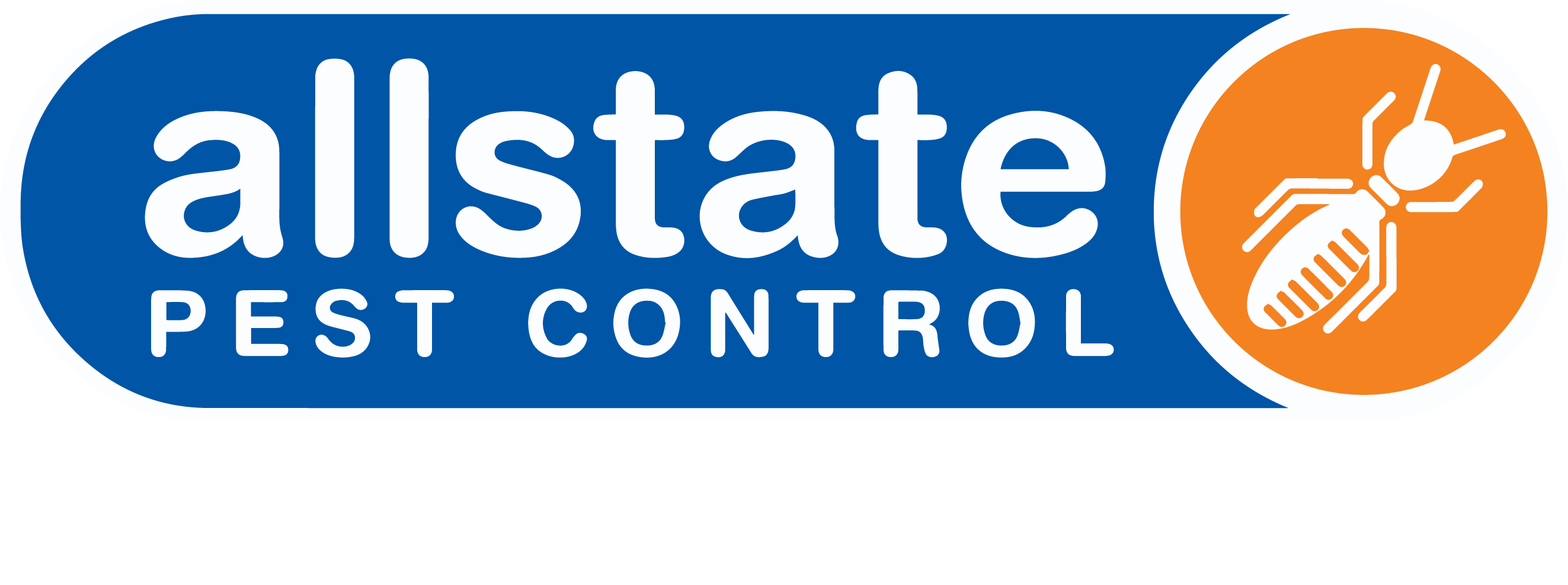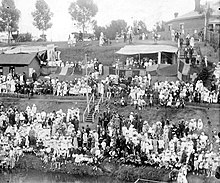Pest Control Gilberton | Gilberton Pest Control
Your Title Goes Here
Your content goes here. Edit or remove this text inline or in the module Content settings. You can also style every aspect of this content in the module Design settings and even apply custom CSS to this text in the module Advanced settings.
About Gilberton
Pest Control Near Gilberton
Gilberton, South Australia
| Gilberton Adelaide, South Australia |
|||||||||||||||
|---|---|---|---|---|---|---|---|---|---|---|---|---|---|---|---|
| Population | 1,441 (2016 census)[1] | ||||||||||||||
| Established | 1840s[2] | ||||||||||||||
| Postcode(s) | 5081 | ||||||||||||||
| Location | 2 km (1 mi) from Adelaide GPO | ||||||||||||||
| LGA(s) | Town of Walkerville | ||||||||||||||
| State electorate(s) | Adelaide | ||||||||||||||
| Federal division(s) | Adelaide | ||||||||||||||
|
|||||||||||||||
Gilberton (formerly Gilbert Town) is an inner northern suburb of Adelaide, South Australia on the northern bank of the River Torrens a short distance from Adelaide’s city centre. It is bounded by the river, Park terrace, Stephen Terrace and Northcote Terrace. The suburb is largely residential with some large and ornate Victorian homes and approximately 2 kilometres (1 mi) of the Torrens Linear Park as its southern boundary. The large homes in the suburb’s northern section give it a historic character that is protected by Government planning regulations.[3]
The area of Gilberton was first purchased in 1839 by a Richard Blundell as “Section 475” of the survey of Adelaide. Blundell, who lived in England, was declared bankrupt later that year and the section subsequently sold by his creditors. Joseph Gilbert of Pewsey Vale winery fame, purchased the 134 acres (54.2 ha) section for £600/5s in 1846, naming it “Gilbert Town” and in 1852 dividing into 43 lots for sale or lease. Early activities in the area included a brickworks, farms and gardens and an abattoir. By 1847 the southern part of the town was planned, the plan completed by 1871 and extensive housing completed by the 1890s.[4]
The suburb is largely flat from the river north to Walkerville Terrace, then slopes upwards to its northern extent. Due to the elevation of views from the northern section, this land attracted wealthier purchasers. Some of their ornate Victorian homes, sited on large grounds, remain today. At a large bend in the River, the location of the today’s St Peters river park, gravel extraction, sand washing and landfill have all been commercial activities. Sand washing was replaced by a dump in 1961, leading to complaints from the neighbouring suburb of St Peters about fumes from the burning rubbish. After the land was purchased by St Peters the bend was straightened and the dump reclaimed.[4]
Spectators on river bank, Australian championships February 1923
[geocentric_about id=”1dc27cae-4a6c-49b7-91cb-51581ff4ca7c”]
[geocentric_thingstodo id=”1dc27cae-4a6c-49b7-91cb-51581ff4ca7c”]
[geocentric_busstops id=”1dc27cae-4a6c-49b7-91cb-51581ff4ca7c”]
[geocentric_mapembed id=”1dc27cae-4a6c-49b7-91cb-51581ff4ca7c”]
[geocentric_drivingdirections id=”1dc27cae-4a6c-49b7-91cb-51581ff4ca7c”]









